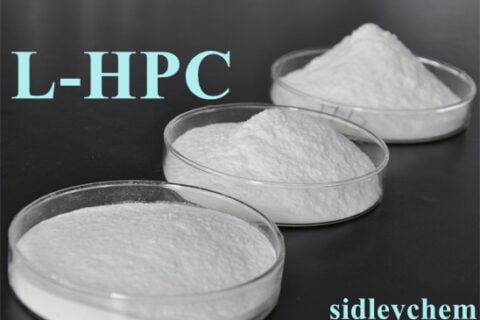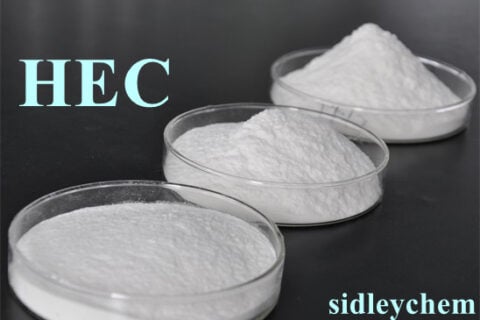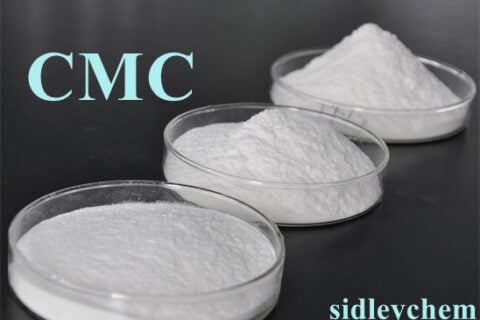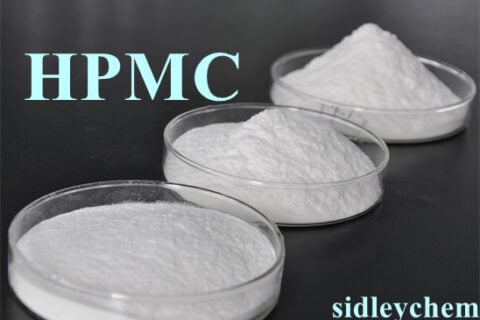- Home
- Cellulose ethers
Cellulose ethers
Low Substitue-Hydroxpropyl Cellulose (L-HPC)
Low-substituted hydroxypropyl cellulose is a non-ionic polymer that is insoluble in water but swells upon hydration. Leveraging this property, low-substituted hydroxypropyl cellulose is primarily employed as a disintegrant in the preparation of solid oral pharmaceuticals.
HydroxyEthyl Cellulose
Hydroxyethyl cellulose (HEC) is a non-particulate, water-soluble polymer presented as a white, free-flowing granular powder. Hydroxyethyl cellulose finds application across multiple markets, including adhesives and sealants, oil and gas technology, paints and water-based coatings, personal care products, and pharmaceuticals.
Sodium CarboxyMethylCellulose(CMC)
Sodium carboxymethyl cellulose (CMC) is an anionic cellulose ether that dissolves in water to form a transparent colloidal solution. By varying the degree of substitution, viscosity, and particle size, CMC can be produced in different specifications. It finds extensive applications in industries such as food processing, papermaking, coatings, detergents, and drilling.
Hydroxypropyl Methylcellulose
Hypromellose(HPMC) is a nonionic mixed ether soluble in water and certain organic solvents. Its aqueous solution exhibits high transparency and surface activity, with gelation temperature varying according to methoxy content. Hydroxypropyl Methyl Cellulose finds extensive applications as a pharmaceutical coating agent and binder; detergent thickener; water-retention thickener in construction; and more.
- 1
- 2




